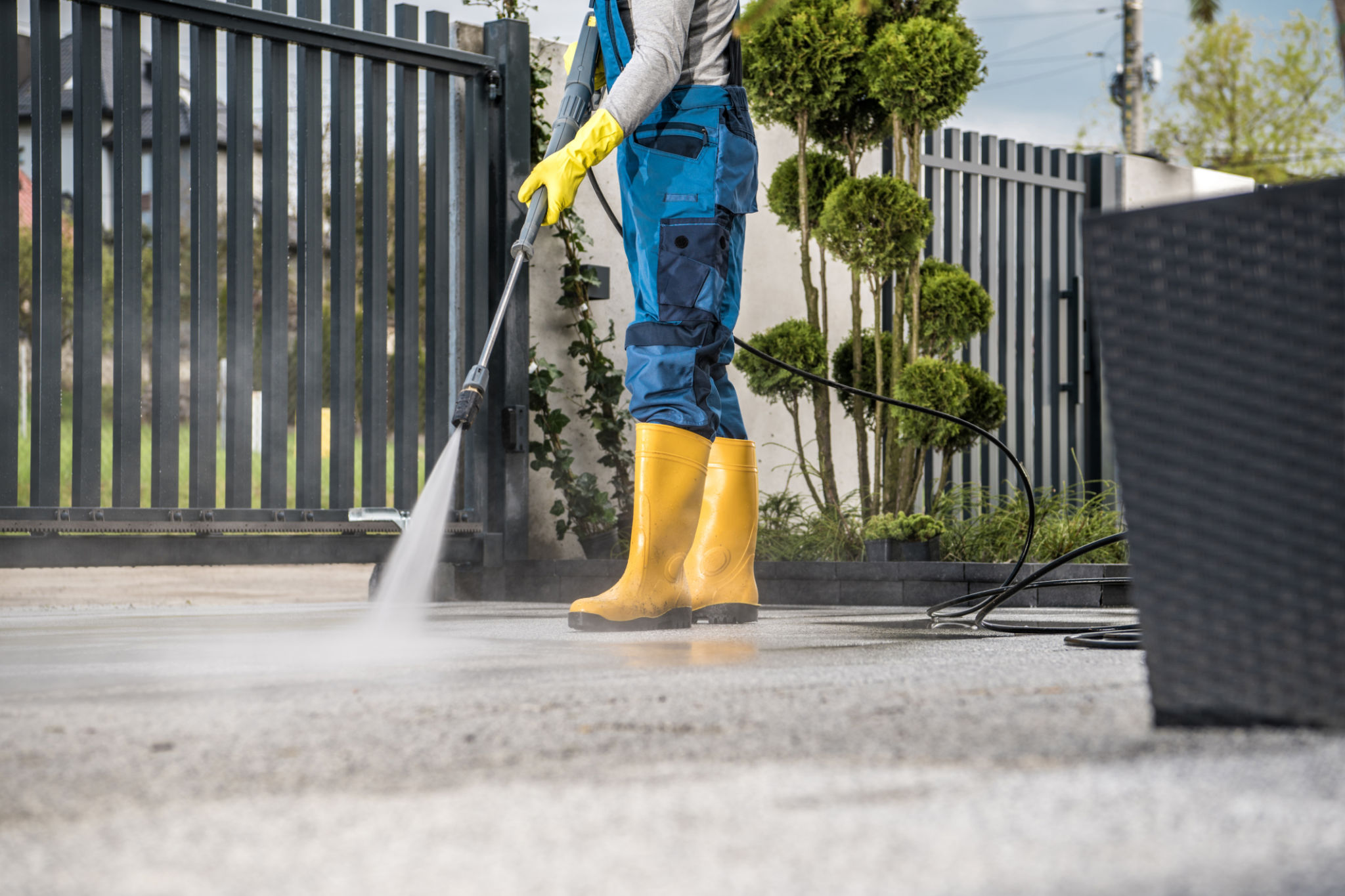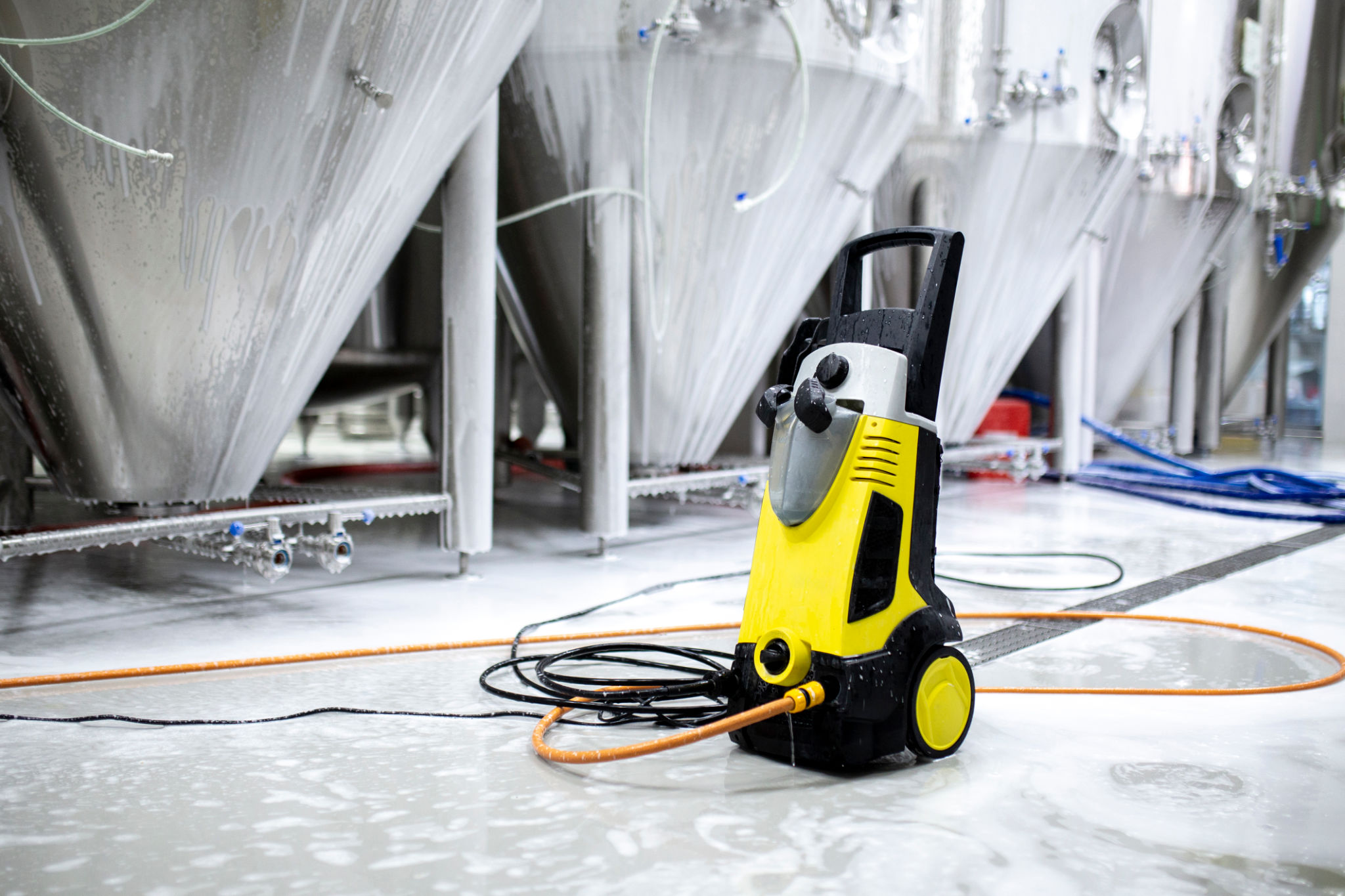The Ultimate Guide to Power Washing Your Home's Exterior
Understanding Power Washing
Power washing, also known as pressure washing, is a powerful method for cleaning the exterior of your home. It involves using high-pressure water spray to remove dirt, grime, mold, and other unwanted substances from surfaces like siding, sidewalks, and decks. This process not only enhances the appearance of your home but also helps in maintaining its structural integrity.
Before you begin power washing, it's essential to understand the equipment and how it works. A typical power washer consists of a motor that drives a water pump, which increases water pressure. This high-pressure water is then forced through a nozzle to clean surfaces effectively. Choosing the right pressure setting is crucial to avoid damaging delicate surfaces.

Choosing the Right Equipment
When selecting a power washer, consider the size and type of area you need to clean. For residential use, a power washer with a pressure range between 1,500 and 3,000 PSI is usually sufficient. Additionally, consider the flow rate, measured in gallons per minute (GPM), as higher GPM can make cleaning faster and more efficient.
It's also important to use the right nozzle for different tasks. Nozzles vary in spray angle, with options such as 0-degree for a concentrated stream and 40-degree for a wider spray. Using the correct nozzle ensures effective cleaning while preventing damage to surfaces.

Preparing Your Home for Power Washing
Proper preparation is key to a successful power washing session. Start by removing any obstacles from the area you plan to clean, such as furniture, plants, and vehicles. Cover electrical outlets and vents with plastic sheeting to prevent water intrusion.
Next, inspect the exterior of your home for any loose siding, chipped paint, or damaged surfaces that may require repair before power washing. Addressing these issues beforehand will help avoid further damage during the cleaning process.
Steps for Power Washing
- Set up your equipment: Connect your power washer to a water source and plug it into an electrical outlet or start the gasoline engine.
- Test on a small area: Before tackling large sections, test the washer on an inconspicuous spot to ensure the pressure setting is safe for your surface.
- Begin washing: Start from the top and work your way down, using smooth, even strokes to prevent streaks.
- Rinse thoroughly: After washing, rinse the area with clean water to remove any detergent residue.

Safety Tips
While power washing is effective, it can also be dangerous if not done correctly. Always wear safety goggles and gloves to protect yourself from flying debris. Maintain a firm grip on the washer wand and avoid pointing it at people or pets.
Be cautious around windows, doors, and other delicate areas. Reduce pressure or maintain a safe distance to avoid causing damage. If you're unsure about handling certain surfaces, consider hiring a professional for those specific areas.
Maintaining Your Power Washer
Regular maintenance of your power washer ensures its longevity and performance. After each use, flush out detergent from the system by running clean water through it. Check hoses and connections for leaks or damage and replace them if necessary.
Store your power washer in a dry place away from extreme temperatures. If using a gasoline-powered model, follow manufacturer instructions for proper fuel storage and engine maintenance.
